Functions vs. Meanings
I’m always a bit surprised when I point out features in a person’s hand that chime out at me like a loud ringing bell in uniqueness, and they’ve never noticed it. Never really looked closely at their hands. There’s another group of people that have looked at their hands closely and noticed that when they compare theirs to other family and friends’ hands, theirs are very different. Many of these people seek out answers in books and on the internet. We can divide this group into those who want to know how to decipher, identify and label the various creases into categories and classifications and those that want to know *what it means*. For the most part, they all want to know how and why they have these unusual features and how they may influence their lives.
What does it mean….
Years ago when I was fairly new to the internet and there were only a handful of palmistry related websites that came up in the various types of searches we had then, such as Yahoo and Lycos, to name a couple. Google didn’t yet exist. I was excited to find a Yahoo discussion group called Palmistry Primal Focus and began chatting with the admin of the board who also played the role of a couple of the other members to get the new board active with discussion. This led to meeting Lynn Seal and being invited to join a private forum The Handreading Cyber Cafe where I was excited to meet an international group of hand readers that were into research and validation. A few of those members are still practicing and advancing the field through their research though the group was lost when Microsoft changed their format for the forums, and archives were deleted.
Can you tell me what it means?
I bring this group up here as it was where I was first challenged to validate myself and my findings. I was mostly self taught. I had taken beginner’s classes that were valuable to building a foundation of basic common knowledge of reading hands. My first was at the University of Cincinnati that offered a non-credit evening class in their Communiversity program taught by Margaret Keck following the book “Palmistry the Whole View” by Judith Hipskind. Most of what I knew about hands at the time I joined this group was a result of making it my profession to read hands at events. Suddenly I had long lines of diverse groups of people standing in line to show me their hands! After listening to their stories and feedback my readings triggered, I gained deeper insight into the underlying significance and indications to the hand features. These being the palms, the fingers, nails, mounts, valleys, ridges and really the whole hand can offer great understanding of the bearer.
But what about meaning?
In the above mentioned group there was one person that challenged me the most at the beginning. Made me prove my points. I had thought that the hands told us what they meant. We learned to read them by studying them, combining the hand features to get a story that relates uniquely to the owner of the hands before us. I gleaned from the hands more than I informed the hands of their meaning. I thought all readers of hands learned and thought this same way and that no matter where in the world we were, we spoke the same language of the hand. Rude awakening. Nope. There was a lot of disagreement, discussion and debate. This person, Christopher Jones, one day wrote “nothing means anything”. Of course most of us challenged that. We knew for certain a whole list of features that have reliable meanings. When we disagreed, we tried to go to the next deeper level to see if we agreed on what may have been the cause of the varied symptoms that might be common with each other. The symptom wasn’t the real meaning, it was just one way of acting out a deeper need as an individual. Sometimes the next level in would also find disagreement, but if we worked together without too much bashing of each other we frequently advanced in our understanding.
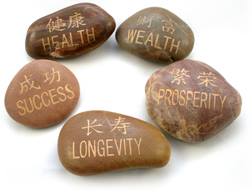
Now, almost two decades since joining that group, I totally agree with Christopher Jones that “nothing *means* anything”. My best way at the moment to explain it is to compare our hands to our cars. They have lots of functions, features and moving parts. It we study the steering wheel we see that it turns to the left and the right. Most even are adjustable up and down and in and out. It has functions that relate to making other parts of the car do what they’re designed to do. Now there are a lot of different kinds of steering wheels and some are easier to steer than others depending on the needs of the person using the steering wheel. Years ago cars didn’t have power steering and one had to turn the wheel many times to turn a corner and turn it many times back to go straight again. Now some cars are so sensitive it’s easy to over steer if you turn the wheel too much. This is most noticeable if you drive different cars and know you have to handle each one differently.
Is there a meaning to this?
We might attribute behavior to our car’s parts or the car in its wholeness. I’ve always given mine names and sense a bit their personalities. But do we give these characteristics meaning beyond their function and their needs for maintaining that function at the best quality possible? Why then do we give features of our hands that have functions and indicators of needs for living our life with satisfaction, good health and optimum well being, meaning? Another analogy might be like going to a doctor and being treated for symptoms but not the underlying cause. The hands are providing insights to the underlying causes. Applying fixed meanings is like treating the symptoms as the cause.
By applying meanings we are telling the hands what they relate to and what they are saying. By understanding the function and reason for the feature we can interpret data from the hands, our intricate biological data pads with capabilities of emotionally and logically receiving and sending information to and from the self and to and from our environment. If we learn the language of the hands, there is no need for meanings, just translations and interpretations. Intuition and insight does help connect the dots and can give very accurate conclusions and summations, but the language of the hand, itself, is interpretative and analytical.
Hand Analysis of the Future will advance by incorporating modern day advancements of scientific research done on our hands, and how our hands contain features that relate to our senses, our instincts, emotions, thinking and reasoning, and our life experience. These advancements give validation to the science and study of Hand Analysis. Books written decades ago contain meanings to features that include ominous events like death by drowning and even the demise of one’s spouse was thought to be seen and predicted. Today professional hand readers shun meanings that predict negative outcomes and view them as wildly inaccurate. Although it’s difficult for many to see at this time, a large number of ‘meanings’ in use today will in a not so distant future be seen just as incredible.
What does it mean? Well, I’m not really sure of a fixed meaning, but this feature’s function and its indications show that you are living as designed at a variety of levels in these specific areas and categories and it formed in this manner because of particular reasons that could be genetic or environmental that can be described and interpreted quantitatively and qualitatively and for an individual. In this instance, in this particular hand, this particular person, it relates to a number of features and the holistic combination thereof. The meaning is derived of the summary and not of the parts alone.
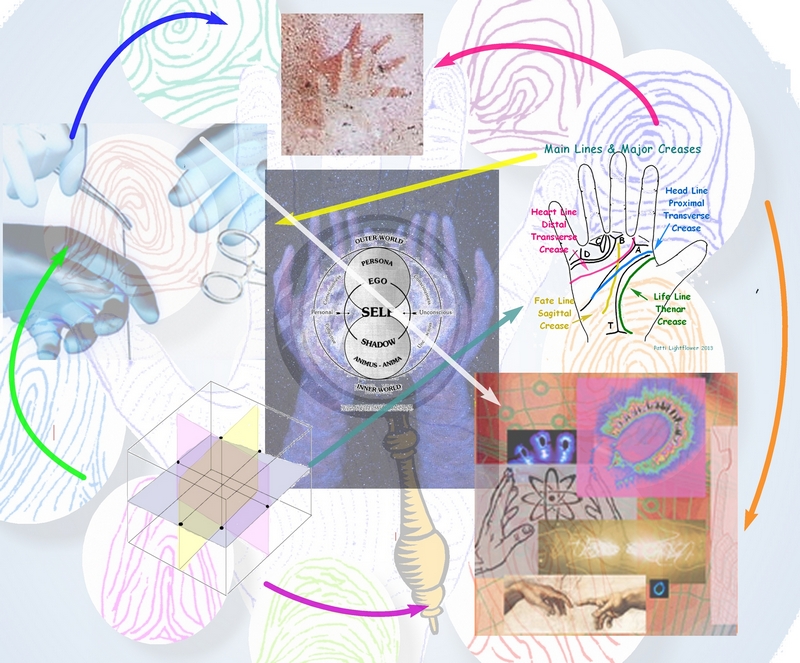
Signs and symbols have meanings, the hands have features with functions for helping us to better guide our way through life.
in joy and in peace,
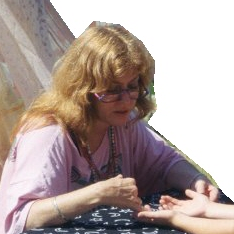
Patti Lightflower
pattilightflower2@gmail.com
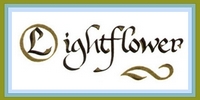

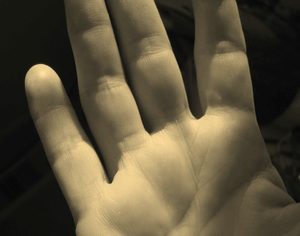
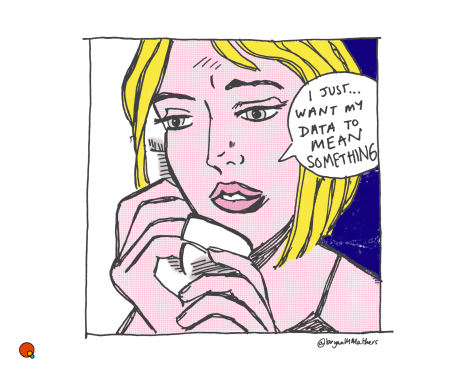
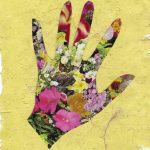
Makes a lot of sense! The only meaning I seek when looking at the hands, is the relationship between features and function 🙂
That’s what I do, too! I try to understand the reason the feature is there, how it functions in the location it is found, and how it relates to the other features.
Hi!
I was born Aug 1, 1961
My hands are very different from each other.
Left hand is dominate for writing skills and my creases are like others compared to my right hand is very different.
I know that my right hand is a right simian creased palmer. I want to find a positive future by understanding the importance of the meaning.
Plus I have three perdom as stars.
Please help me by contacting me.
Thank you
Linda
Hi Linda,
Thank you for reading my blog post.
It’s interesting when the hands are different as they tend to be somewhat similar in structure when leads to similar creases and features. So differences always add something additional. Most of the time its the differences in how you are at home and in private and how you present yourself in public. There’s also sometimes inner conflict as you can feel two completely different ways about things. Therefore you might find yourself having a number of discussions with your self trying to determine the best decision to make.
Stars are something I do not read in the folk lore-ish fashion of giving them a meaning of something special and people with them are gifted or the feature is a gift. They consist of crossing creases. If they cross at a central point, they are made because the hand structure allows for creases to form in the area that folds in multiple ways. Sometimes these form grilles and grids that can be mistaken for stars if they don’t have the central point. The central point seems to allow communication to flow whereas the crossing into a grid adds more the going back and forth over things. Real stars are rare, but many palmist names any close crossing of more than two lines, a star. They do not function as stars, even if called such.
I could read your hands with you on Skype if you like, if you’re not local.
http://ireadhands.com/FAQ.html
in joy and peace,
Patti
Hey Patti,
I have just spent the last two hours reading your website.
Fantastic work 🙂
Christopher Jones
Hi Christopher! What a great and wonderful surprise to see your email today and your comment here! I love that you’ve spent time wandering around my space and that you like what you’ve found!
Nice to see you here!
Patti